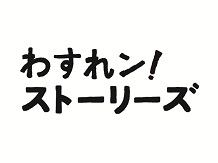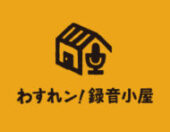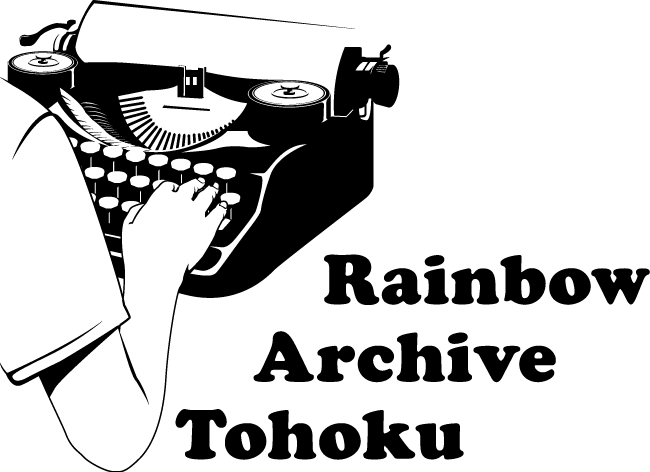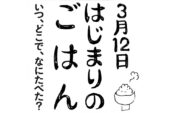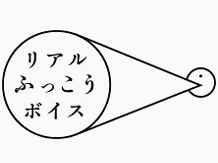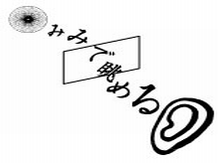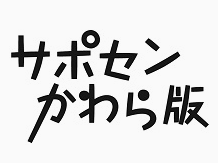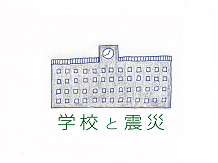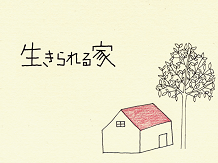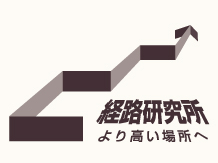
recorder311 Stories
“recorder311 Stories” are stories recorded so that the experiences of 3/11 and the day itself will never be forgotten.
March 11 Fixed-Point Observation Photo Archive Project
20th Century Archive Sendai, a nonprofit organization, collaborates with residents to gather photos taken from fixed points in towns across Miyagi Prefecture that were damaged by the Great East Japan Earthquake to observe how the areas have changed throughout the reconstruction and recovery, and to keep a record for future generations. URL: http://www.20thcas.or.jp/
recorder311 Recording Hut
Talk to your family or friends about memories of that day, how life changed afterwards, and your feelings today. This project gives people a chance to ask the questions they couldn’t ask and open up about the things they’ve been wanting to say.
Rainbow Archive Tohoku
Our group gathers, records, and transmits direct accounts from LGBT people and people of various sexualities. By widely asserting the existence of these overlooked minorities in local communities, we hope to help people better understand their differences and find respect for each other, to create a more harmonious society for all. Our organization was founded in June 2013 by four groups based in Sendai in Miyagi Prefecture: Tohoku HIV Communications, Yarokko, Anego, and ♀×♀ Ochakko Nomikai, Sendai.
March 12: The First Meal After the Earthquake—When, Where and What Did You Eat?
The project is a participation style exhibition that exhibits photos of “meals” at the time of the disaster, such as photos related to emergency food distribution, grocery shopping, and people sharing meals at a table. Visitors were free to write sticky notes about what they remembered after seeing the photos and how they lived at the time. This exhibition was planned collaboratively by 3.11 Archive of Memories and center for remembering 3.11 (recorder311).
Real Voices of Reconstruction
Audio recordings of interviews on reconstruction and community building, conducted in the field with residents affected by the Great East Japan Earthquake. The interviews and surveys of the current state of affected communities are used by students studying community building to explore future paths of rehabilitation.
View with Ears
A collection of distinctive sounds, recorded at places affected by the earthquake and tsunami, at particular times.
Forms of Support: Support Center Newsletter Live!
Members of civic groups, NPOs and NGOs conducting support activities in affected areas discuss how their activities started, and what future issues are anticipated.
Schools and Earthquake Disaster
"Schools and the Earthquake Disaster" is a series of interviews with teachers at seven elementary schools located in coastal Sendai. They talk about the evacuation process of school children and local people, shelter management, and how the evacuees got on until classes were restarted borrowing classrooms at other schools.
Livable Homes
"Livable Home" is a series recording the reconstruction processes of homes, places, and lives affected by the tsunami.
Evacuation Route Research Institute
“Evacuation Route Research Institute” is a series that focuses on how people spent the time between the earthquake and the arrival of the tsunami on March 11. By establishing the time they reached higher ground and the time they were rescued, the series studies the evacuation routes of people who survived the tsunami.








